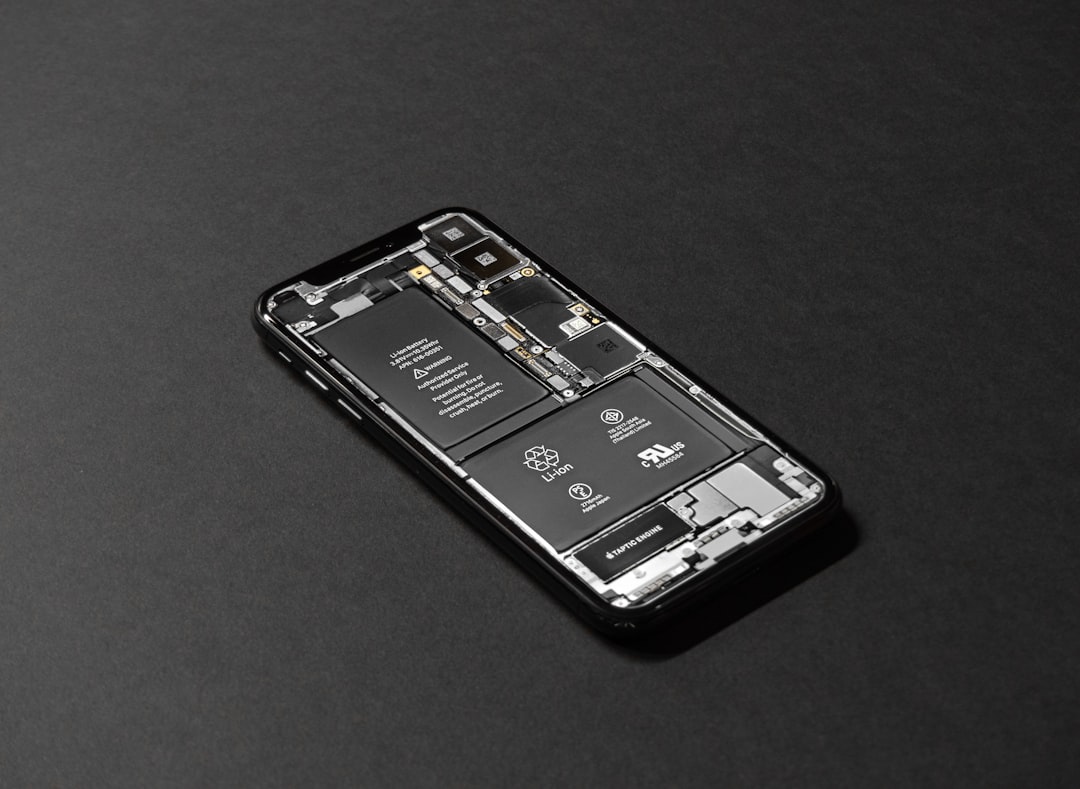Tips for Preparing Epsom Salt Battery Solution
Debunking Myths: Can Epsom Salt Truly Revive Your Battery?
For instance, periodic checks on electrolyte levels and avoiding excessive discharging help maintain structural integrity and functional capacity over time. However, experts like Fred Wehmeyer from U. Similarly, aspirin breaks down into acetic acid corroding positive lead dioxide plates within and ultimately shortening the lifespan even after showing slight temporary gains.
Essential Tools and Equipment for Proper Battery CareUnderstanding Battery Performance IssuesBefore diving into tools and equipment for battery care, it's crucial to recognize the signs of poor battery performance. While these methods can show temporary improvement in battery performance, experts warn that such fixes might only be superficial and could potentially lead to long-term damage.
In effect this means,it is generally advisable to opt for professional services when your battery starts failing rather than attempting DIY fixes using household items like Epsom salt or aspirin. Common Misconceptions About Battery Revival TechniquesMany online sources propose various quick fixes for reviving dead or dying batteries, such as adding Epsom salt or using baking soda.
Baking soda is often used externally for cleaning corrosion on battery terminals but introducing it directly into the cells neutralizes the sulfuric acid needed for the discharge reaction, effectively reducing overall capacity permanently. Understanding Proper MaintenanceFollowing manufacturer-recommended care procedures remains critical to achieving maximum utility from any deep-cycle battery setup.
